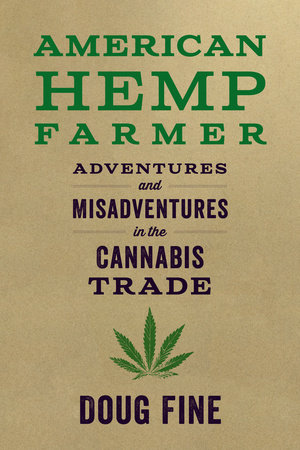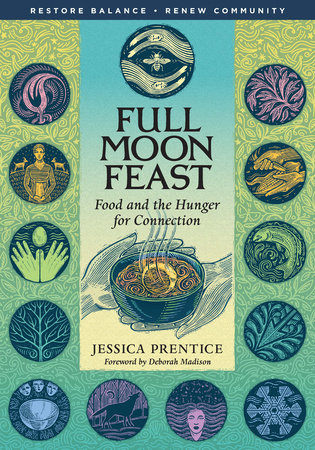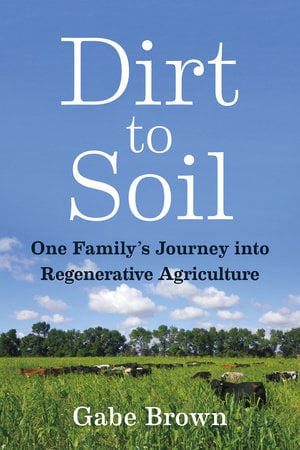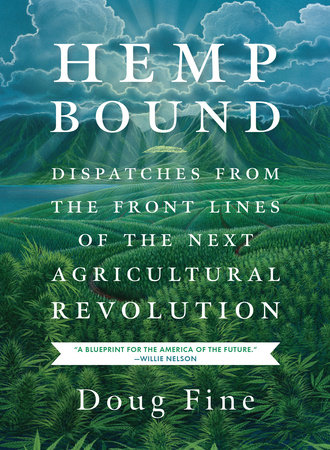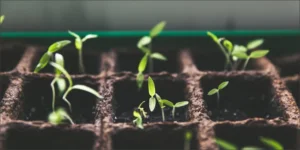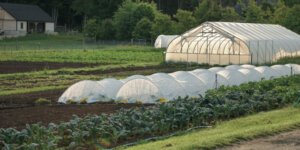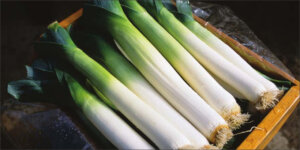A Gold Rush: The Rise of CBD
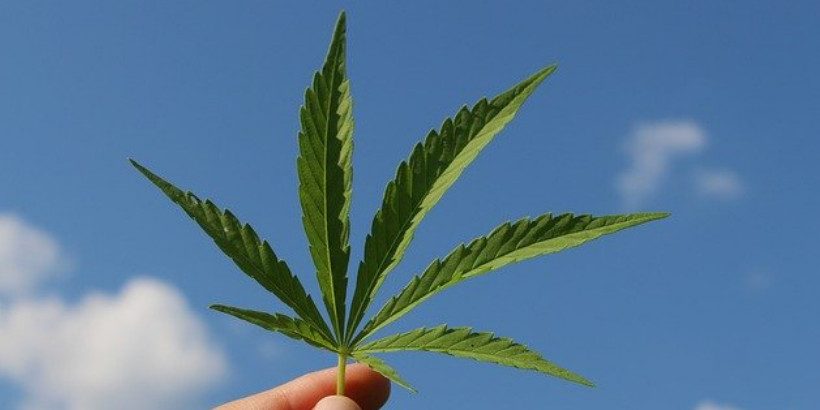
Cannabidiol – CBD – has become the new favorite natural wellness supplement for many ailments. It’s become near-impossible to find a product that hasn’t been infused with CBD, the non-hallucinogenic compound extracted from the hemp plant. Drinks, pet chews, smoothies, gummies — you name it, the exploding CBD industry has you covered.
While many farmers are keen to cash in on the CBD craze, the future of CBD may not be so cut and dry.
The following is an excerpt from American Hemp Farmer by Doug Fine. It has been adapted for the web.
The biggest driver of hemp since (and only since) the first research-only Farm Bill has been cannabidiol, popularly known as CBD. The market for this valuable, hemp-flower-derived nutritive supplement and topical application is growing 23 percent annually, and is on its way to being firmly established in the healthy person’s wellness lexicon, the way that omegas and aloe are.
At the moment, it’s not an exaggeration to call the CBD market a gold rush.
It is one compound in the family of cannabinoids that resides in the female hemp flower. As Arthur Rouse, a Kentucky journalist who has been documenting the fits and starts of hemp’s reemergence since the 1990s, sees the current reality on the ground: “A few veins have been struck [in the hemp flower]. Now everyone’s flocking to the site of the first strike: CBD.”
CBD is terrific. It’s a compound that is genuinely benefiting millions of people. My own cannabinoid intake serves as a dietary supplement, part of my health maintenance program. CBD itself is not temporary; what is temporary is CBD-only mania and, for farmers, high wholesale prices.
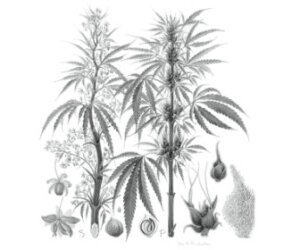
Illustration by Ida Pemberton
Previous gold rushes, such as California’s in the 19th century, provide clear lessons. Gold, of course, was and is still being traded long after most ’49ers went bust—it wasn’t the prospectors who benefited from commodities markets. Only a few made a strike in California, and half of them got hoodwinked out of it by shady middlemen. We’re going to avoid that outcome with regard to hemp.
Long-term, maximum farmer benefit is our goal for this economic boom.
The types of people who got reliably rich off the 19th-century North American gold rushes were the same ones who get rich off any boom: middlemen (crooked or legit), real estate developers, and the folks selling the shovels, pickaxes, tents, pack mules, and sacks of flour and coffee. Today hemp has its own middlemen, real estate developers, and shovel sellers, but they’re called extraction salespeople, CBD wholesalers, warehouse lessors, and venture capitalists.
Some of these folks are honest and well-meaning.
But there’s no denying that elements of the hemp renaissance have all the makings of one of those bursts of irrational exuberance that accompany any market bubble. The sad reality is that many of the early hemp players one sees sponsoring trade show lanyards in 2019, inexorably churning through angel investment and gunning for CBD dominance, aren’t going to be with us by 2025. The proverbial wheat will separate from the chaff (or in the case of the plant we are discussing, the bast will separate from the hurd, though both of these are valuable).
Even though it will require an industry that markets all parts of the hemp plant to sustain a new farming economy and sequester enough carbon to ensure a habitable planet, let’s start with the flower and discuss the market for the cannabinoids therein, because CBD is one of them. And CBD is about the hottest business and health story in the world today. Houston, Rome, Santiago, Tokyo, and Cape Town all have CBD stores. The World Health Organization has declared CBD safe. Mike Tyson, who has his own cannabis line, calls it “a miracle” for someone who’s had his cranium rattled a few times.
Cannabinoids comprise a growing group of 111 known compounds found in cannabis, other plants (such as cacao, pepper, and echinacea), and interestingly, endogenously in mammalian mother’s milk. THC (tetrahydrocannabinol, the “psychoactive” component in cannabis) and CBD are the best known of these cannabinoids.1 My own favorite cannabinoid at the moment is CBC (cannabichromene), a nonpsychoactive compound showing analgesic properties, as well as anecdotal evidence of anti-inflammatory and muscle-relaxing effects.2
Plants including hemp produce cannabinoids because they serve a range of purposes including predator defense, climactic adaptation, and pollinator attraction.3 And also, as Pollan postulates, to please us.
Cannabis/hemp flowers even smell appealing. So appealing that I routinely have to check myself in the field, lest I eat the profits. The flowers contain terpenes (terps to those in the business), fragrant hydrocarbon-based compounds that are found in the essential oils of many plants. They might enhance the properties of other components of a plant (much academic research on this subject is still in progress), but their smells alone add to the value of a cannabis flower. Some farmers already breed just for terps. You can buy terpene-laden cannabis in dispensaries. Their scents and properties vary widely. (My favorite is one called pinene.)
- The only legal difference between “hemp” and “cannabis” is that the former contains 0.3 percent THC or less, however it’s tested. That definition, as it should and as we’ll discuss, will be changing.
- Sabatino Maione et al., “Non-Psychoactive Cannabinoids Modulate the Descending Pathway of Antinociception in Anaesthetized Rats Through Several Mechanisms of Action,” British Journal of Pharmacology 162, no. 3 (February 2011): 584–96, https://doi.org/10.1111/j.1476-5381.2010.01063.x.
- Baily Rahn, “Why Does Cannabis Produce THC?” Leafly, December 16, 2016, https://www.leafly.com/news/science-tech/why-does-cannabis-produce-thc.
Recommended Reads
The Future of Sustainable Fashion: A “Farm-to-Closet” Vision
Recent Articles
Searching for the perfect book to give the homesteader in your life? We’ve got your go-to books for anyone interested in organic growing, permaculture, soil health, year-round growing & more! What’s their next great read?
Read MoreWinter is coming… but that doesn’t mean you should put away those tools just yet. Extend the growing season well past the first frost!
Read MoreThe following excerpt is from Grow a New Garden: Plan, design and transform any outdoor space by Becky Searle. It has been adapted for the web. If you’re not a gardener yet, and you have never unashamedly added horse manure to your Christmas list, you might be tempted to skip this chapter. But even if…
Read MoreLiving in a colder climate doesn’t mean you need to give up on more fragile plants. By preparing plants for the winter, you’ll set them up to survive and thrive.
Read MoreGrow leeks all year round with tips from gardening expert Eliot Coleman. Get ready for a bountiful harvest and grow leeks all year round!!
Read More

